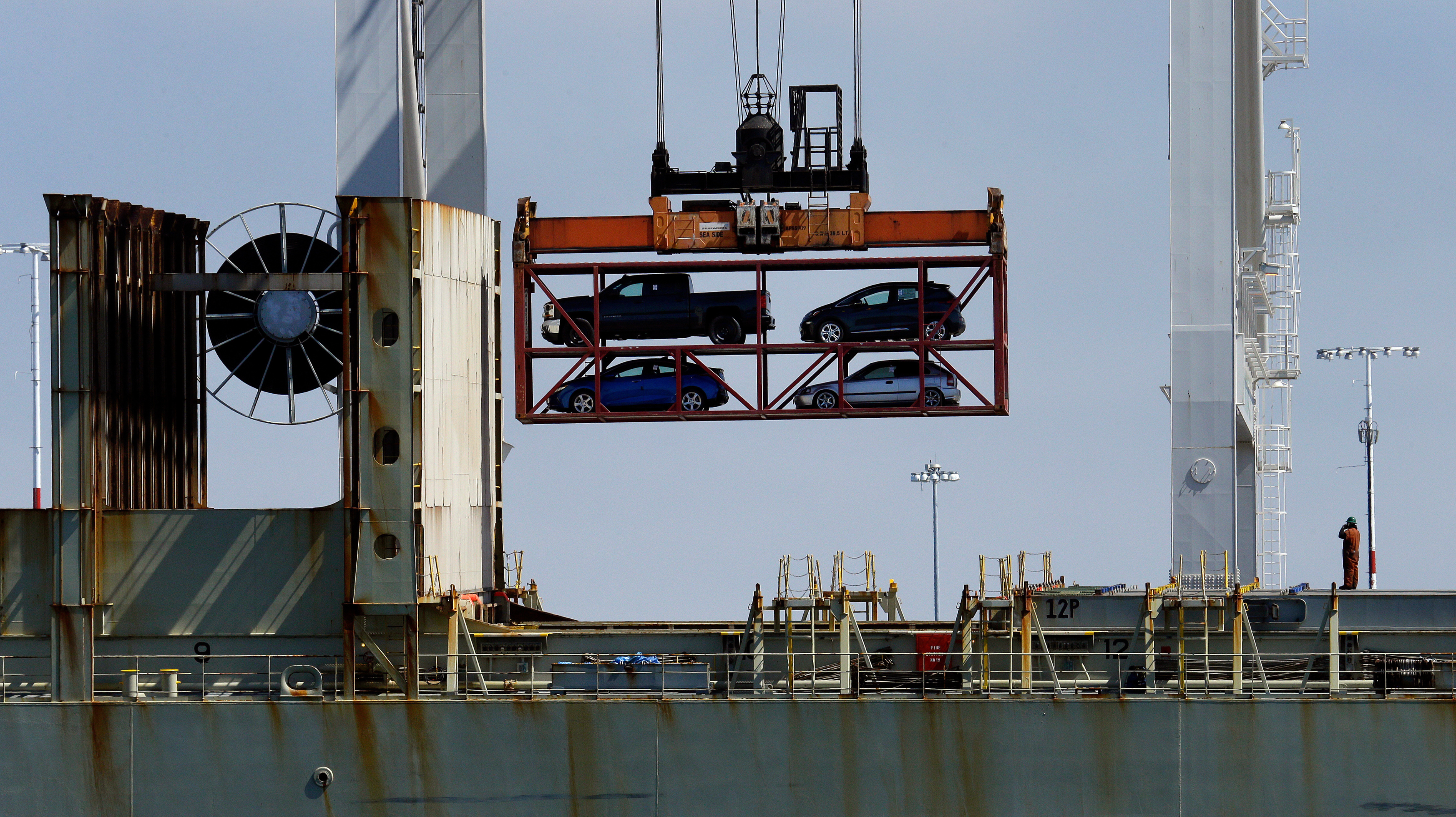Brazil and Mexico Come Together over Trade, Energy
Brazil and Mexico Come Together over Trade, Energy
Mexican President Felipe Calderón’s meeting with Brazilian counterpart Luiz Inácio Lula da Silva gave the leaders of the two biggest Latin American economies the chance to talk about boosting cooperation on trade and energy.
Mexican President Felipe Calderón’s trip to Brazil August 17 drew together the leaders of Latin America’s two biggest economies to talk trade and energy. At a time when Mexico feels the pain of U.S. economic ailments, Calderón’s meeting with Brazil’s President Luiz Inácio Lula da Silva gave him the chance to voice Mexico’s interest in new markets. During a press conference, Lula and Calderón suggested they may pursue a bilateral trade pact and seek ways for their state oil firms to partner. The stop came on the heels of the Mexican leader’s trips to Colombia and Uruguay involving similar calls for integration.
That Mexico has had a difficult year comes as no surprise. From a swine flu outbreak to a vicious battle against drug cartels, the country found itself subject to a series of plagues, not least of which is the economic downturn of the United States, its main trading partner. On August 12, Secretary of Finance Agustín Carstens said Mexico faces its worst financial “shock” in 30 years. Energy plays a role in the troubles as well. Carstens pointed to declining Mexican oil production coupled with dropping commodity prices as factors in a $23 million budget hole. Mexico’s government draws roughly 40 percent of its revenue from oil.
Enter a possible energy partnership with Brazil. In remarks delivered during his meeting with Lula, Calderón noted that ten years ago Mexican oil production was more than triple that of Brazil’s, but now Brazil’s outpaces Mexico’s. Lula discussed the opportunity for state oil firms Pemex and Petrobras to share expertise and to work together in Mexico, Brazil, or a third country.
For Calderón, hopes of the two firms partnering are nothing new; early in his administration he recommended such cooperation. His government then became embroiled in a long domestic battle over an energy reform bill. The reform that gained congressional approval in October 2008 involved a compromise with opposition leaders against private investment in Pemex. This week, senators from Mexico’s two main opposition parties voiced support for a strategic alliance between the Pemex and Petrobras.
On top of a possible energy alliance, Lula and Calderón opened the door to increased bilateral trade. Latin America’s most populous countries make up 70 percent of the region’s GDP, yet trade between them stands at $7.4 billion per year. In comparison, Mexico sends 80 percent of exports to the United States. While Calderón said he hoped to steer his country away from dependence on the U.S. market, Lula said: “I’ve dreamed of a Mexico more focused on Latin America and South America, and of a Brazil that looks more towards Central America, the Caribbean and Mexico.” He acknowledged that Mexican businesses have invested far more in Brazil than vice versa and he urged Brazilian businesses to beef up investment funds in Mexico.
Brazil and Mexico inked a commercial cooperation agreement during the summit. But Calderón suggested the two countries take a bigger step and work toward a bilateral free-trade pact. The Mexican leader said that in the future, growth “will come from emerging economies like China, Brazil, India, and Mexico.”
A new study by Brazil’s Getulio Vargas Foundation and the University of Munich found that Brazil and Mexico are among five Latin American countries that have entered a phase of economic recovery.
Learn more:
- AS/COA Trade Advisory Group report: Building the Hemispheric Growth Agenda
- AS/COA update about Mexico’s energy reform.
- Joint press conference held by Presidents Calderón and Lula.
- Website of Mexico’s Secretariat of Finance.
- Website of Brazil’s Ministry of Development, Industry, and Commerce
- International Monetary Fund portal with data on trade between Latin American countries.







